The Sun Within
11/21/24 - Bringing the Sun down to Earth
Hello everyone:
Please remember to scroll past the end of the essay to read this week’s curated Anthropocene news.
Now on to this week’s essay:
Why we stopped worshiping the Sun I cannot fathom. It’s the beautiful, dangerous, and life-giving center of our lives, of all life. It’s everything to us, and we are nothing to it except strange grasping creatures conscious enough to study its physics but foolish enough not to live simply under its beneficent rule. Is there anything in this life more profoundly physical and metaphysical than the Sun’s light amid the darkness? We need not look anywhere else than the solar system’s burning heart for this shining truth: All matter is borrowed energy.
Certainly we can’t claim that science got in the way of faith. The more we reveal about the furious workings of the star we orbit, about its primal creative energy that drives all life, and about the incredibly improbable and narrow circumstance that led to the green profusion that we call Earth, the more often we should be on our knees in awe and gratitude.
So, as politics and the boreal winter grow darker, and as we here in Maine start hoping to see a snowflake in a warming world, let’s explore the promise of the Sun.
Even snowflakes, after all, owe their existence to the Sun. The Sun drives life - plants eating light, animals eating plants, animals eating animals, microbial soil eating everything and nurturing new plants - and life in turn drives much of Earth’s weather and climate. Part of the precipitating miracle here is that each ice crystal (and raindrop) requires a tiny object (an ice nucleator) on which to build its unique icy frame. Dust will do, soot will do, even fungal spores and microplastics will do, but bacteria are more common. Which is why some ski resorts add bacteria or their relevant proteins to the water used for snow-making.
All that precipitation isn’t merely good for life; microplastics aside, it is life.
Our awe, our science, and the proud cognition that drives both are only weird features of an odd ape (that’s us) on a mere twig in the tree of life. We’re charismatic but unnecessary megafauna on a minor planet which, when added to the other planets and everything else orbiting the Sun, make up only 0.14% of the mass in the solar system. The other 99.86% is the burning mass of hydrogen and helium we should be praying to. The Sun is the star.
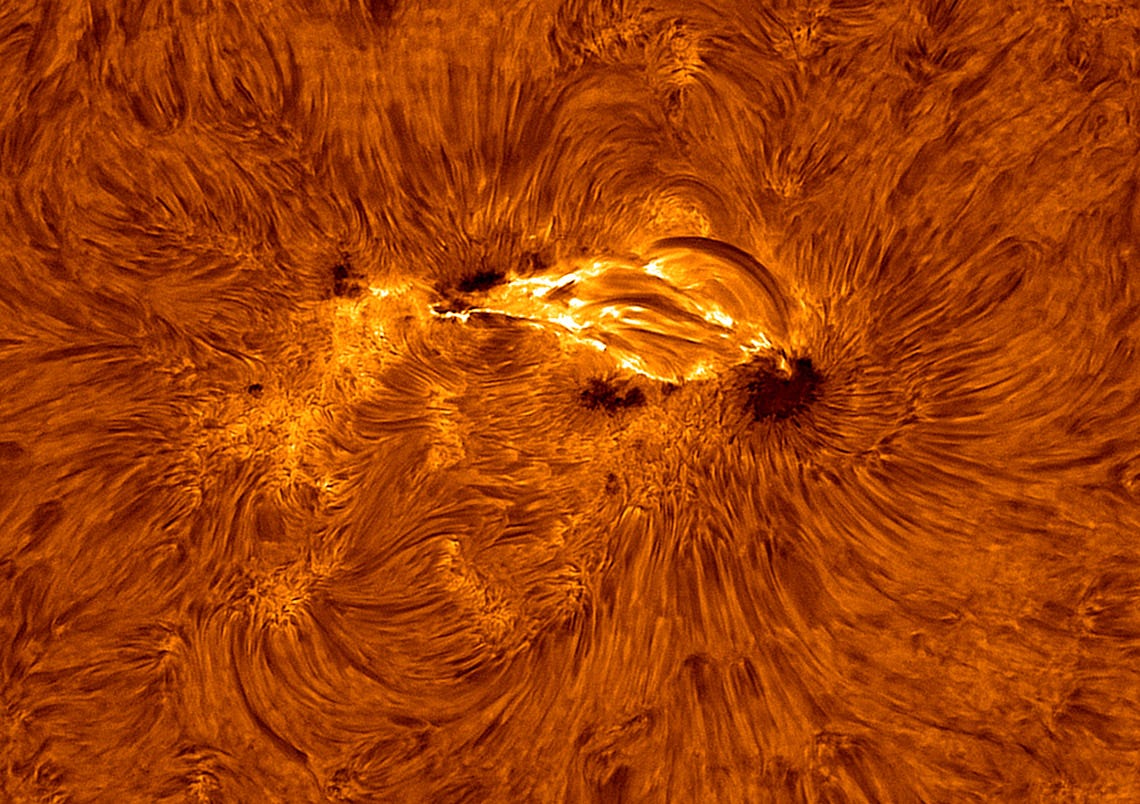
Which is why it’s worth checking in on the dream of fusion power, which is after all a dream of bringing the Sun’s magic down here among us.
The fusion dream is an Anthropocene parable, a story of hubris (trying to harness the Sun’s energy), humility (knowing we must conjure up something more sustainable and responsible than fossil fuels), and technical wizardry far smarter than the civilization it will serve.
The basic premise of fusion is that by fusing hydrogen atoms to make helium, heat from the reaction will provide energy. The tantalizing promise of fusion is that, if mastered, it will provide “endless energy” with none of the downsides of today’s energy options. According to one sanguine summary,
if scientists can figure out a way to reliably produce and sustain nuclear fusion on Earth using elements commonly found in ocean water, virtually unlimited energy could be available at the push of a button — all without the risk of harmful carbon emissions from burning fossil fuels, the variability of wind and solar power, and the potential of meltdowns and radioactive waste from nuclear fission.
But the challenge of fusion is that it’s impossible.
So far, at least. For decades, success has always been mere decades away. Even now, as hundreds of billions of dollars (soon to be trillions, perhaps) are invested by numerous governments, and as optimistic private investments reach nearly 4 billion dollars, and with over 130 different potential fusion devices at different stages of development, the best estimate is that commercially viable fusion power might arrive by the 2040s or 2050s. Some start-ups are claiming they’ll be ready in the 2030s.
Why is it so difficult? Because we’re trying to create, control, and maintain an artificial star. A fusion reactor must initiate a reaction several times hotter than the 27 million degrees F (15 million degrees C) core of the Sun. At those temperatures hydrogen atoms can fuse and the solar version of the fourth state of matter – plasma – takes over, creating enormous amounts of heat which can be converted to electricity. But the wild turbulence of fusion plasma must be kept under intense pressure, contained by powerful and complex electromagnetic fields. (Gravity generates the pressure in a star’s core.) And all this must be done so that the energy given off by the reactor far surpasses all the energy required to create the fusion reaction.
A recent breakthrough at a Chinese experimental tokamak (the classic donut-shaped fusion reactor design) has set the new record for contained plasma: 17 minutes. Lessons learned there and at numerous experiments around the world will all be in play at the massive International Thermonuclear Experimental Reactor (ITER) being built in Marseille, France. ITER is a truly international effort, with 35 nations collaborating, including all E.U. nations plus the U.S., U.K., India, China, and others. ITER is due to produce power in 2035, utilizing an electromagnetic containment field 280,000 times stronger than the magnetic field around the Earth. As a great explainer article about fusion at Vox points out, ITER’s electromagnet “can generate a magnetic force strong enough to hoist an aircraft carrier 6 feet out of the water.”
ITER has been promising that it will deliver ten times the energy required to create its plasma. But as this article in The Pulse points out, that promise has been misleading. It’s an engineering estimate of the tokamak’s internal energy budget, not a comparison of input and output. If ITER is successful, it will actually produce about as much power as it puts in. That would be a huge engineering success, but not a societal one.
Here in the U.S., the National Ignition Facility (NIF) at Lawrence Livermore National Laboratory uses powerful lasers to ignite atoms of a hydrogen isotope. MIT researchers, meanwhile, have used new powerful magnet technology to design a scaled-down tokamak reactor (SPARC) that they say can produce “commercially relevant” energy as soon as 2027. Commonwealth Fusion Systems, the company spun off from MIT to accomplish this, says it is “dedicated to the mission of delivering clean, limitless fusion power to the world.”
For a very recent summary of the status of fusion research, check out last week’s Times article: “The Quest to Build a Star on Earth.”
But let’s back up and imagine our civilization powered by fusion reactors, small and large. What would fusion fix, what wouldn’t it fix, and what new trouble might it enable? The promise of fusion is extraordinary – world-changing, really – but there are risks as well. At this point in both human and Earth history, anything labeled “world-changing” should be assessed as a threat before being accepted as a promise.
On the bright side, fusion requires little in the way of fuel (other than some seawater), produces no especially dangerous radioactive material, and so would provide a permanent disconnect between nuclear power and nuclear weapons: no uranium, no plutonium. Eventually, fusion reactors would replace the aging fission reactors that have created nightmares for the communities that surround them and for the governments struggling to store nuclear waste for millennia to come.
The remarkable safety of fusion reactors is due to a few things: a) if a fusion reaction goes wrong, it fizzles rather than explodes; b) the “waste” product is helium; and c) radiation levels are low, with a lifespan measured in decades rather than millennia. In even a worst-case catastrophe scenario, according to ITER, a fusion reactor’s neighbors wouldn’t have to evacuate.
Moreover, fusion power would fit right into the grids where large-scale power plants already exist, whether fossil-fueled or atom-splitting. It could then theoretically be ramped up to meet increasing demand without increasing dangerous waste or emissions. And that increased demand is coming fast: There’s little sign of efforts toward degrowth in wealthy nations or controlled consumption in developing ones. Nearly a billion people, many in sub-Saharan Africa, still live without electricity, and for many more access to power is rare or intermittent. Cheap, available fusion power, if equitably distributed, would bring fundamental change to much of the world.
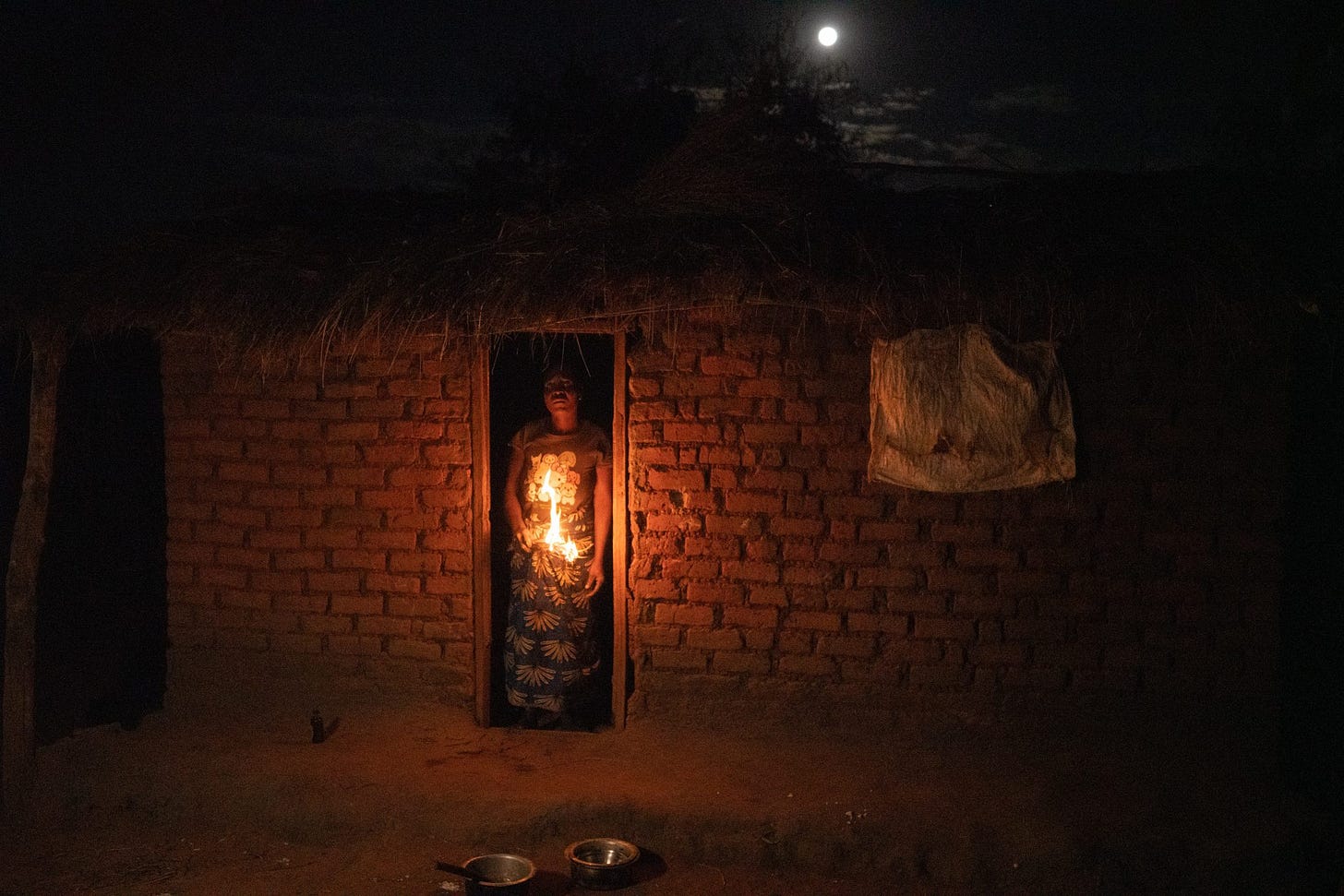
But that’s true of any renewable low-emissions energy source.
What’s also true is that all replacements for fossil fuels will generate electricity rather than internal combustion. Which means they require huge growth in the grid that impacts wide swathes of natural habitat, whether for transmission lines or power generation. It’s common now to see new solar arrays placed in forests clear-cut for the purpose. There are three in my little Maine town. Since I was young I’ve dreamed I might live to see a day when the planet wasn’t crisscrossed with power lines, but it seems we’ll need to triple down on them instead.
For solar and wind there’s also the expansion of mining for metals and other rare earth minerals necessary for power generation and power storage (batteries), whether for cars, homes, or cities. Battery tech is evolving quickly to require less mining, but fusion wouldn’t require any energy storage. And that’s on top of closing down many coal mines, shale oil fields, and oil drilling platforms, etc. Perhaps one of fusion’s greatest promises, then, is a massive reduction in mining around the world.
But again, this is also true of other clean energy sources. Yes, solar and wind will require a large short-term growth of mining specific to those technologies, but they will still lead to a massive reduction in mining. We have to remember that the great glory of renewables is their renewability… We’re in an ugly early phase still, but the clean energy tech sector is moving toward building the necessary (and profitable) system to recycle the batteries, solar panels, wind turbines, etc., that are being churned out. In that vision, all the ingredients of clean energy are reusable.
Meanwhile, coal, oil, and gas are built on the insane premise that we have to dig new stuff up in vast quantities every day and burn it, in perpetuity.
So what is special about fusion power, other than its spectacular ambition to house a star and work it like a farm animal? It is, once we get past the tokamak glitter, just another alternative for safely powering a planetary civilization. It would require less mining than solar or wind, but not substantially in the long term. There is a tantalizing prospect for emissions-free “limitless” energy on a relatively cheap budget, but only after trillions are spent in development and build-out. There is the hope of fixing the supply side of the Anthropocene energy mess, but fusion doesn’t fix the demand side of the equation, which is us.
Fusion doesn’t help with overconsumption and overpopulation, and might worsen both, given that a) wealthy nations which have been the greatest drivers of extinction rates and habitat destruction will be the first and primary users of the technology, and b) that our usual response to cheap, abundant energy is to create more humans and more stuff.
And none of this happy, fusion-to-the-rescue stuff could happen at a useful scale until much of the 21st century has elapsed, taking with it coral reefs, Arctic ice and permafrost, a recognizable climate, and a hefty percentage of Earth’s terrestrial and marine species. So we’d better create a host of interim solutions along the way.
Or better yet, maybe we should simply harvest from the star we have rather than building small versions for ourselves.
Some of you have probably been grumbling while reading this that solar power is a better solution than fusion. And I think you’re right. Why not collect the fusion power that’s already being made free for us every day? It is already the cheapest form of power generation in the world, and only getting cheaper. So cheap, in fact, that ordinary Pakistanis - not the government - added the equivalent of a third of its national power usage in DIY solar over a recent six-month period. Imagine that kind of investment, and that speed of installation, spread across the developing world in the next decade or so, before fusion evolves out of its crib to convert its invested trillions into a single lit bulb.
What if those trillions were spent instead on global solar, battery tech, and recycling systems for both? Already, solar is safer for people than fusion will ever be, and unlike fusion it’s flexible enough for large-scale installations, microgrids, or individual self-sufficiency. Most importantly, we have it here, now, ready to go. You could be forgiven, then, for thinking that the dream of fusion is little more than an insanely expensive and unnecessary alternative to solar.
It would be nice if we could act primarily with the intelligence of plants to eat the light we’re given rather than being driven to create tools that are smarter than we are.
Like fusion, though, solar is no panacea. What we do with clean energy can be good or bad, too much or too little. And oil and gas production in a fusion or solar world would still have large markets for the out-of-control production of plastics and fertilizer that are currently warping the natural world. We need revolutions in both of those sectors to finally put petrochemical companies in the ground for good.
Finally, then, is fusion a good investment? Should we be spending trillions chasing the dream of bringing the Sun here to Earth? I’ll confess that I like the idea of a much smaller footprint for global energy production - in terms of material input, waste output, and habitat disruption - which fusion is meant to provide. But right now, I much prefer the immediate, flexible, and affordable availability of solar, given that we’re decades late on the energy transition.
So maybe that means that we continue on both paths, as ridiculous as that sounds. The fusion industry will shake out, with dozens of companies and reactor types falling by the wayside until a particular reactor becomes an everyday functional reality that may, one day, replace the massive build-out of solar arrays we’re doing right now.
Neither solar nor fusion are enough to reverse the bulk of the Anthropocene’s ills. We have to do more than change how we power our mistakes. But if combined with, say, some earnest effort at degrowth, something like the Half-Earth Project to protect habitats across the globe, an expansion of legal rights for all of life, large-scale de-acidification projects for the oceans and CO2-absorption technologies for the atmosphere, strict regulatory guardrails for chemical and plastics industries, agricultural practices that support life rather than diminish it, and civilization-wide access to education and family planning, then we’d be moving in the right direction for all life.
Where there is reliable access to energy there is usually access to health care, economic growth, and social stability. And any society that’s stable, healthy, and educated is more able to act in support of the rest of life, if it’s willing to do so.
Circling back now, we should remember that coal and oil, like us and like snowflakes, was once derived quietly from the Sun. All that ancient carbon-based life, that once-upon-a-time complex green growth that ate the Sun in earlier eons, was pooled within the planet’s crust until over mere decades strange grasping creatures extracted it to burn and release its load of carbon like drunks determined to rearrange the biological furniture.
The Sun provides nearly everything in this splendid diversity of life and landscape we call home. It will keep energizing this planet for the next five billion years, regardless of the quality of our decisions and regardless of how faithful we are to the light.
Thanks for sticking with me.
In other Anthropocene news:
From Orion, an interview with Robin Wall Kimmerer about her new book, The Serviceberry: Abundance and Reciprocity in the Natural World. The book will be, like her bestselling previous book Braiding Sweetgrass, vital for all of us to read. Here’s Kimmerer in the interview:
I mean, think of it…every breath we take is oxygen exhaled by plants, a so-called waste product. And no sooner does it enliven our bloodstream than we exhale carbon dioxide in return, which the plants take in in order to return the favor. It’s the ultimate biological poetry, my breath is your breath, and life is magnified by the exchange. Shouldn’t human economies emulate this?
And speaking of reciprocity, from
at , here’s another of his wonderful personal/natural history essays, “The Owl and the Sundew,” that delves into the same territory as Kimmerer’s book.From Mother Jones, “A $60 Billion-a-Year Climate Solution Is Sitting in Our Junk Drawers,” a long, thoughtful on-the-ground investigation of the electronics recycling industry in Nigeria, and a glimpse at the future we need to develop now to make that process clean, well-paid, and ubiquitous.
From the Guardian, an article on the demise of 1.5C: Says one expert: “every tenth of a degree matters. All we know is that the more we push the climate system away from where it has been for the last few million years, there be dragons.”
Also from the Guardian, how to understand the rapidly increasing heat in 2024 and recent years in the context of Earth’s climatic history. Short answer: 1) The planet can get comfortable with any range of temps, but we cannot; 2) There is no precedent in Earth history for the speed of change we’ve initiated by burning millions of years of stored energy in just decades.
From DeSmog, an interview with a lawyer in Guyana working tirelessly to end ExxonMobil’s offshore drilling.
From Hakai, a thoughtful long-form exploration of the local opposition to what seems to many of us to be one of the most wonderful rewilding projects in the world: the removal of four big dams on the Klamath River, bringing salmon and other free-swimming fish back into hundreds of miles of headwaters.


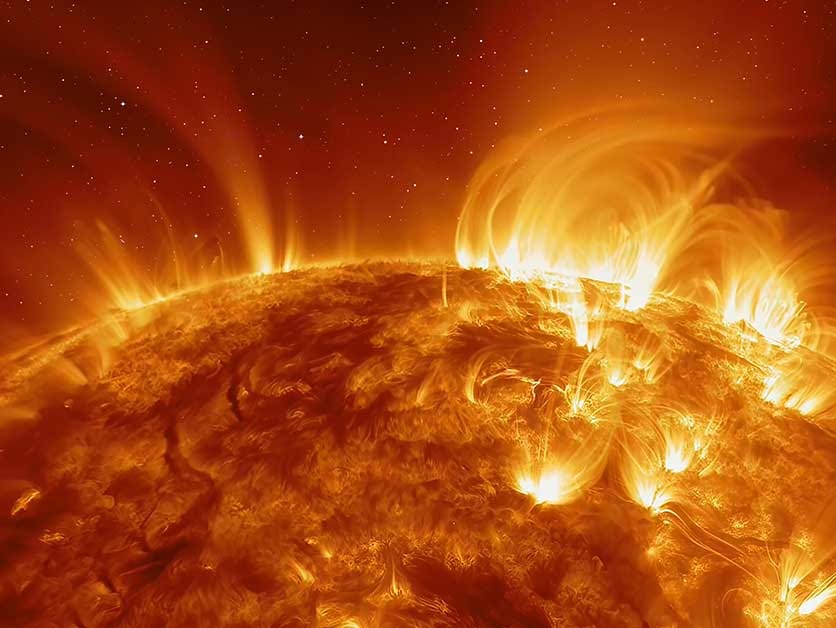

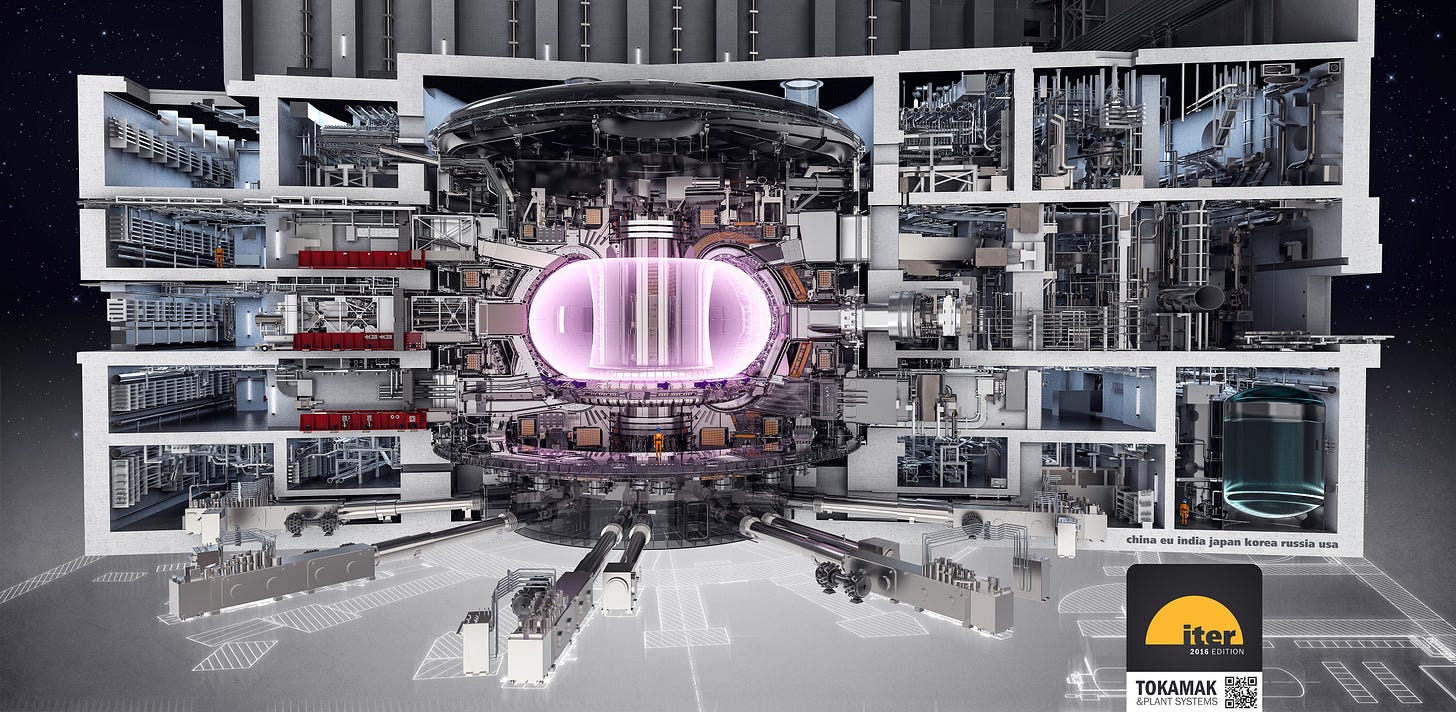
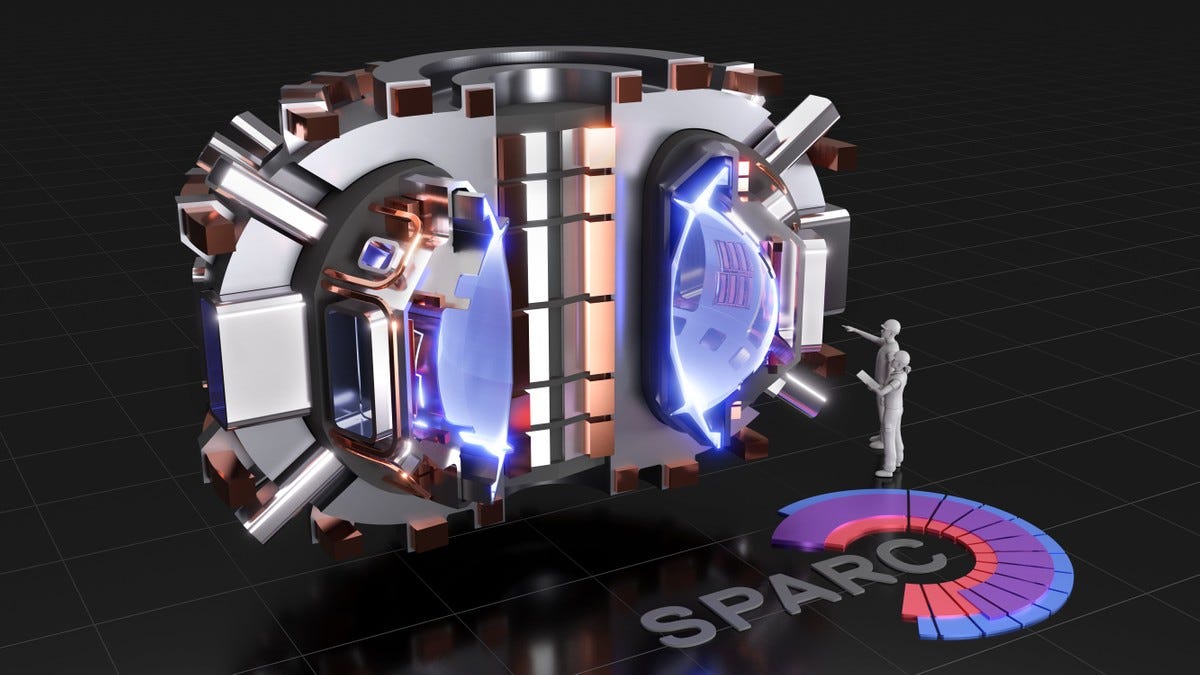
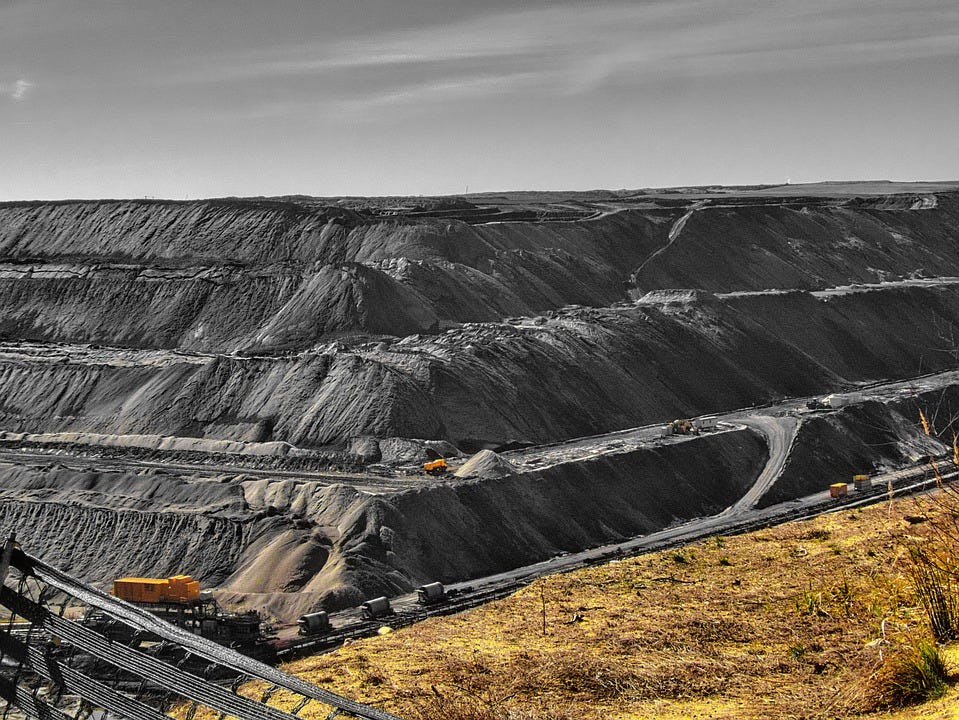



Such a great expression: The sun is the star. Wow
Also your observation, "our usual response to cheap, abundant energy is to create more humans and more stuff." That is the crux right there.
Having spent the majority of my career in photovoltaic R&D, I certainly support those technologies. I also agree with the essay that even renewables require responsible creation and usage. One energy source, however, will not satisfy all applications so I also favor ongoing fusion research., even though its commercial payback may be decades away. Our present problems derive largely from lack of far-sighted planning. Remedies of these must therefore project decades or even centuries into the future.
And of course I agree that overpopulation will negate any attempts to create a healthier and more prosperous future. I thank the author for raising that point.